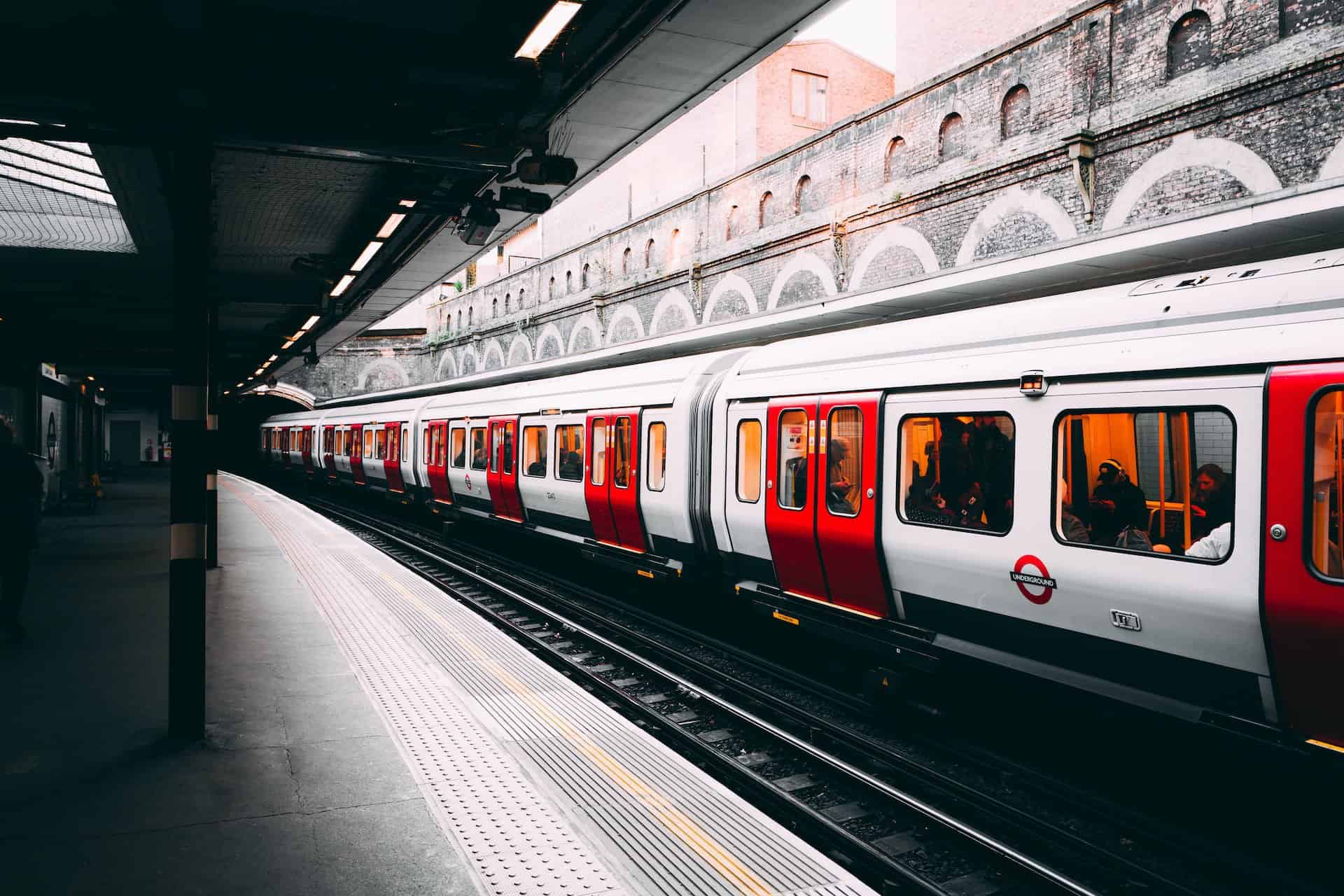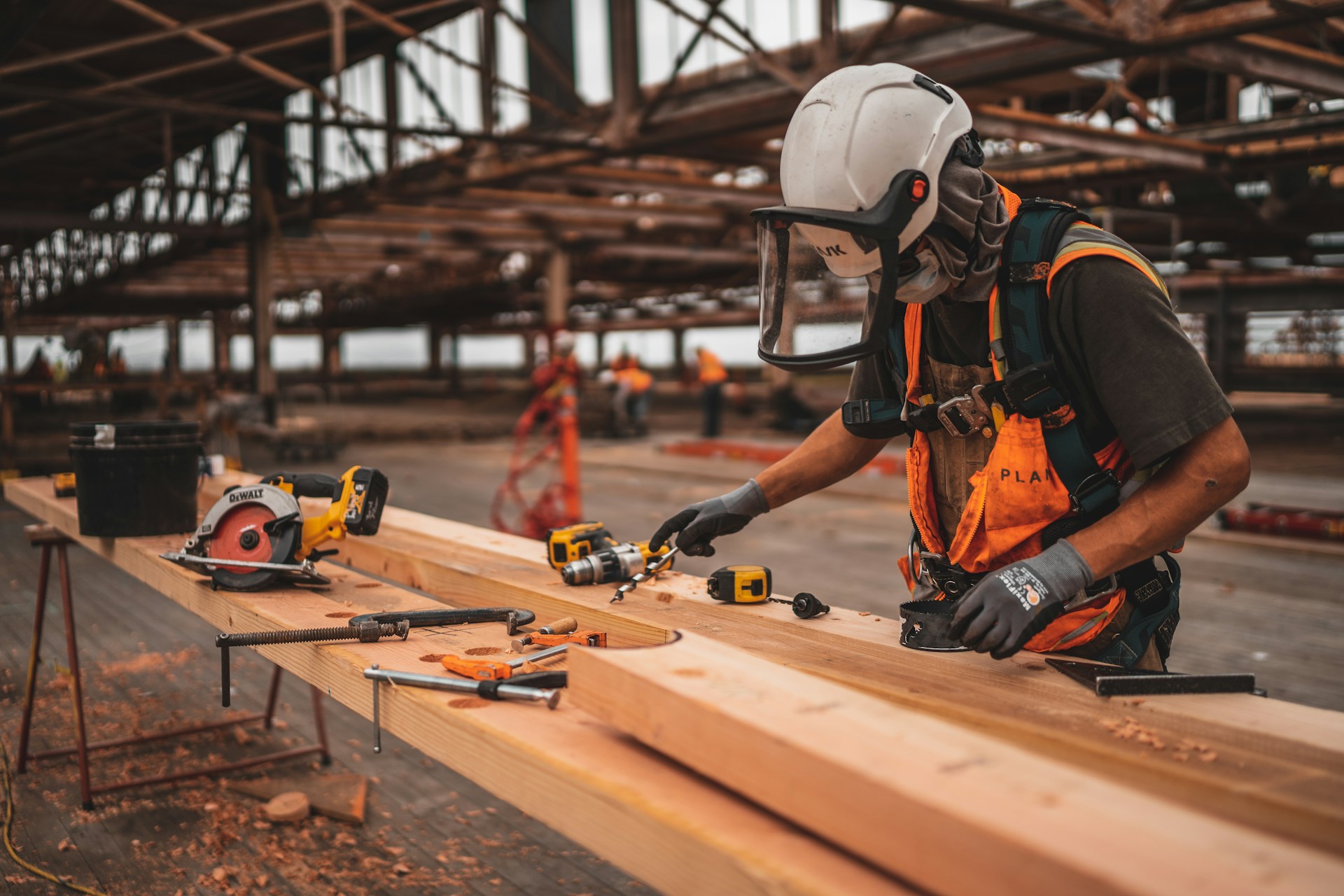
How Can Poor Transportation Infrastructure Decrease Opportunities?
April 4, 2023 - Emily Newton
Revolutionized is reader-supported. When you buy through links on our site, we may earn an affiliate commission. Learn more here.
When people consider moving to new places, they often research a destination’s transportation infrastructure. Doing so could tell them how long it’ll likely take them to get to work, school, medical appointments and more. Locations with poor transportation infrastructure can also negatively impact residents’ opportunities, especially when those individuals lack the resources to move elsewhere. Here’s a closer look at the link between poor transportation infrastructure and fewer opportunities.
Transportation Difficulties Can Make Older People More Isolated
People of all ages can become more socially isolated than they’d prefer. However, when individuals get closer to the so-called golden years, they often find it even more challenging to stay connected to others. One study involved the National Center for Mobility Management (NCMM) contracting with the University of Minnesota to explore how a lack of transportation might exacerbate social isolation in older adults.
One of the findings was that non-driving older adults are more likely to become socially isolated than those who drive. The research also determined that older people with access to safe, affordable transportation options are more likely to have a higher quality of life associated with less loneliness.
Not surprisingly, the research also found that when people in the studied group have more transportation options to consider, they’re less likely to experience social isolation. That’s because it’s easier for them to become more involved in pastimes or their communities. The researchers recommended that any organizations offering activities for older adults should consider public transport accessibility.
Another takeaway was that older adults have varying preferences regarding their engagement with transportation services. Some like to take public bus routes when possible. Others would rather use demand-responsive transportation, including options that provide door-to-door service.
However, organizations can become more inclusive by working out transportation challenges before launching an offering. Another best practice is to mention how the necessary transportation infrastructure exists when promoting the event. Saying something like, “Easily accessible from the 4A, 7, 10 and 15 bus lines” and “Well-lit bike storage area available” can show that organizers have taken the right steps to make the event more accessible to everyone.
Poor Transportation Infrastructure Discourages Cyclists
Many people are interested in using bicycles as a primary transportation option. Doing so promotes good health and offers people an emissions-free way to get around. However, individuals may be less inclined to try cycling or continue it if they feel unsafe.
Consider how one study of people in Victoria, Australia found that more than three-quarters of respondents were interested in riding bikes, but only if the transportation infrastructure provided barriers separating them from motor vehicles. The study also revealed high interest in groups that typically had low participation levels in cycling — including women.
Being a new cyclist can be nerve-wracking. People may need to work up to higher fitness levels and learn new rules of the road. If they also feel unsafe while grappling with those challenges, many may decide against cycling altogether or only use that transportation method during off-peak periods. However, the second option is often limiting, especially if people planned to use their bikes to get to most local places.
Elsewhere, researchers gathered data from 106 European cities to assess the impact of additional cycle lanes. The statistics came from March through July 2020. That was a time when many authorities temporarily dedicated more road real estate to cyclists as public health officials encouraged limiting public transit use when possible during the COVID-19 pandemic. The results indicated temporary cycle lanes caused between 11 and 48% more cycling activity.
Making more of the road available for cyclists to use safely could also help consumers receive their packages faster. Research indicated delivery personnel on bikes delivered more parcels per hour than those using vans.
People With Disabilities May Perceive the Transportation Infrastructure as Inconvenient
Numerous sources suggest those responsible for improving transportation infrastructure overlook the needs and challenges of people with disabilities, particularly when their decisions relate to public transit.
Consider accounts from people who use a company that scored a $260 million, five-year contract to provide on-demand transportation service to parts of Florida. One man who uses the service to get to his college class said it resulted in him getting to class late several times, jeopardizing his good standing as a student. The company also receives an average of 17 complaints per day from users.
Some users wait for hours to reach their destinations because drivers drop off and pick up other passengers rather than going straight to a location. People often say they don’t see those with visible disabilities out and about in their communities. Various factors could cause individuals to decide they should stay inside rather than go out. However, the lack of suitable transportation infrastructure is another factor that deserves ongoing examination.
In Ireland, much of the transportation infrastructure remains unsuitable for people with physical disabilities. Even with many of the buses accessible, stops are sometimes on narrow sidewalks, meaning people using wheelchairs or mobility aids may not have enough room to wait for buses safely.
Train travel is even more complex since it requires a station worker to bring a portable ramp that bridges the platform gap. However, people with disabilities who need to avail of this service need to request the service in advance, making spontaneous independent travel virtually impossible.
However, an excellent starting point for transportation infrastructure improvements is to ask people with disabilities how current services fall short. Transportation researchers in the Netherlands did that and found the most in-demand offering among people with various disabilities was an interactive journey planner.
Fixing Insufficient Transportation Infrastructure Helps Everyone
The examples here focused on particular groups — older people, individuals with physical disabilities and residents who cycle. But it’s crucial to remember that even those who don’t fit those descriptors now may eventually find they apply. After all, most people hope to live long lives to become older adults.
Another thing to keep in mind is that some physical disabilities are temporary. It just takes one misstep coming down stairs or walking too fast on a slick surface to end up with a broken leg or another issue that significantly affects mobility.
Then, even if people don’t use cycle paths to get around now, most would likely appreciate at least having the option. Various factors — ranging from a sustainability commitment to a desire to save on gas — could make people want to give cycling a try. Many will be even more open to it if the paths make them feel safe.
The final takeaway is that everyone benefits when people in authority devote the resources necessary to change transportation infrastructure for the better. When that happens, society becomes more inclusive and accessible for all the people who are a part of it.
Revolutionized is reader-supported. When you buy through links on our site, we may earn an affiliate commission. Learn more here.
Author
Emily Newton
Emily Newton is a technology and industrial journalist and the Editor in Chief of Revolutionized. She manages the sites publishing schedule, SEO optimization and content strategy. Emily enjoys writing and researching articles about how technology is changing every industry. When she isn't working, Emily enjoys playing video games or curling up with a good book.






